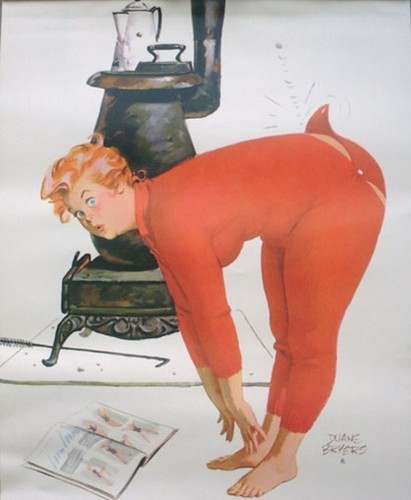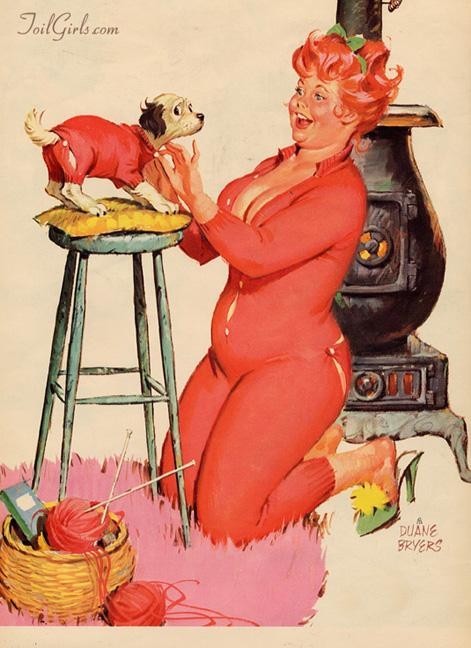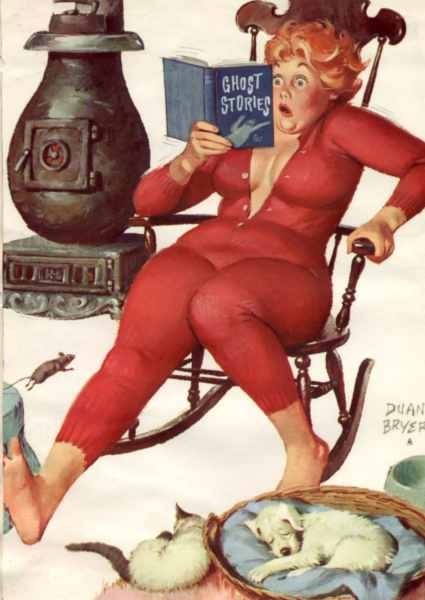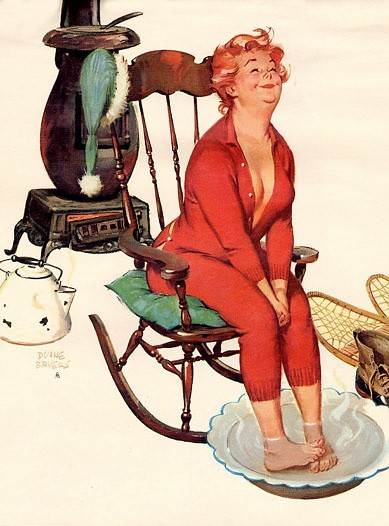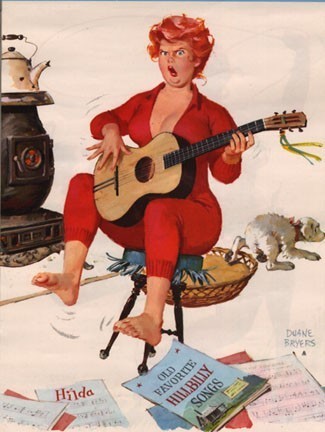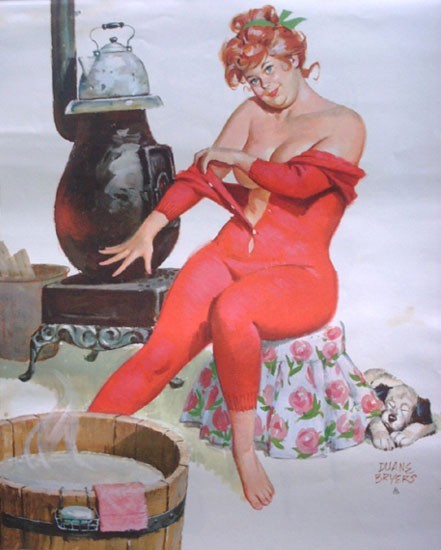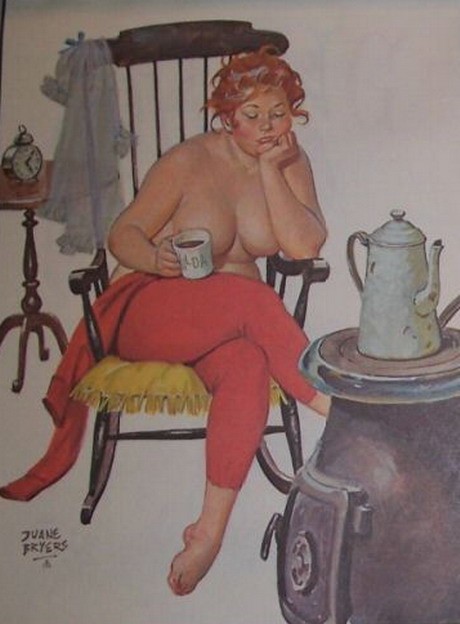Text

saying i struggled trying to figure this out would be an understantment
i did give up on the bg, just look at it from a few feet away
25 notes
·
View notes
Text
In an alternate universe Sigma is someone’s self-insert OC in a Wattpad Sold to 1D fic except it’s Sold to DOA
43 notes
·
View notes
Text
If Taylor Swift used her power for good she would be such a great stochastic terrorist. She would post on Instagram "Hey guys, Tay here. Just wanted to say that whoever delivers me the head of Ron DeSantis on a platter will get free Eras Tour tickets. #ShadeNeverMadeAnybodyLessGay." It would be at her doorstep in two hours.
165K notes
·
View notes
Text
A musician wakes from a terrible nightmare. In his dream he finds himself in a society where
music education has been made mandatory.
“We are helping our students become more
competitive in an increasingly sound-filled world.”
Educators, school systems, and the state are put in charge of this vital project. Studies are commissioned, committees are formed, and decisions are made— all without the advice or participation of a single working musician or composer.
Since musicians are known to set down their ideas in the form of sheet music, these curious
black dots and lines must constitute the “language of music.” It is imperative that students become fluent in this language if they are to attain any degree of musical competence; indeed, it would be ludicrous to expect a child to sing a song or play an instrument without having a thorough grounding in music notation and theory.
Playing and listening to music, let alone
composing an original piece, are considered very advanced topics and are generally put off until college, and more often graduate school.
As for the primary and secondary schools, their mission is to train students to use this language— to jiggle symbols around according to a fixed set of rules:
“Music class is where we take out our staff paper, our teacher puts some notes on the board, and we copy them or transpose them into a different key. We have to make sure to get the clefs and key signatures right, and our teacher is very picky about making sure we fill in our quarter-notes completely. One time we had a chromatic scale problem and I did it right, but the teacher gave me no credit because I had the stems pointing the wrong way.”
In their wisdom, educators soon realize that even very young children can be given this kind of musical instruction. In fact it is considered quite shameful if one’s third-grader hasn’t completely memorized his circle of fifth.
“I’ll have to get my son a music tutor. He simply won’t apply himself to his music homework. He says it’s boring. He just sits there staring out the window, humming tunes to himself and making up silly songs.”
In the higher grades the pressure is really on. After all, the students must be prepared for the standardized tests and college admissions exams. Students must take courses in Scales and Modes, Meter, Harmony, and Counterpoint.
“It’s a lot for them to learn, but later in college when they finally get to hear all this stuff, they’ll really appreciate all the work they did in high school.”
Of course, not many students actually go on to concentrate in music, so only a few will ever get to hear the sounds that the black dots represent. Nevertheless, it is important that every member of society be able to recognize a modulation or a fugal passage, regardless of the fact that they will never hear one.
“To tell you the truth, most students just aren’t very good at music. They are bored in class, their skills are terrible, and their homework is barely legible. Most of them couldn’t care less about how important music is in today’s world; they just want to take the minimum number of music courses and be done with it. I guess there are just music people and non-music people. I had this one kid, though, man was she sensational! Her sheets were impeccable— every note in the right place, perfect calligraphy, sharps, flats, just beautiful. She’s going to make one hell of a musician someday.”
Waking up in a cold sweat, the musician realizes, gratefully, that it was all just a crazy
dream. “Of course!” he reassures himself, “No society would ever reduce such a beautiful and
meaningful art form to something so mindless and trivial; no culture could be so cruel to its
children as to deprive them of such a natural, satisfying means of human expression. How
absurd!”
Meanwhile, on the other side of town, a painter has just awakened from a similar
nightmare...
I was surprised to find myself in a regular school classroom— no easels, no tubes of paint.
“Oh we don’t actually apply paint until high school,” I was told by the students. “In seventh
grade we mostly study colors and applicators.” They showed me a worksheet. On one side were swatches of color with blank spaces next to them. They were told to write in the names. “I like painting,” one of them remarked, “they tell me what to do and I do it. It’s easy!”
After class I spoke with the teacher. “So your students don’t actually do any painting?” I
asked.
“Well, next year they take Pre-Paint-by-Numbers. That prepares them for the main Paint-by-Numbers sequence in high school. So they’ll get to use what they’ve learned here and apply it to real-life painting situations— dipping the brush into paint, wiping it off, stuff like that. Of course we track our students by ability. The really excellent painters— the ones who know their colors and brushes backwards and forwards— they get to the actual painting a little sooner, and some of them even take the Advanced Placement classes for college credit. But mostly we’re just trying to give these kids a good foundation in what painting is all about, so when they get out there in the real world and paint their kitchen they don’t make a total mess of it.”
“Um, these high school classes you mentioned...”
“You mean Paint-by-Numbers? We’re seeing much higher enrollments lately. I think it’s
mostly coming from parents wanting to make sure their kid gets into a good college. Nothing
looks better than Advanced Paint-by-Numbers on a high school transcript.”
“Why do colleges care if you can fill in numbered regions with the corresponding color?”
“Oh, well, you know, it shows clear-headed logical thinking. And of course if a student is
planning to major in one of the visual sciences, like fashion or interior decorating, then it’s really a good idea to get your painting requirements out of the way in high school.”
“I see. And when do students get to paint freely, on a blank canvas?”
“You sound like one of my professors! They were always going on about expressing
yourself and your feelings and things like that—really way-out-there abstract stuff. I’ve got a degree in Painting myself, but I’ve never really worked much with blank canvasses. I just use the Paint-by-Numbers kits supplied by the school board.”
Sadly, our present system of mathematics education is precisely this kind of nightmare. In fact, if I had to design a mechanism for the express purpose of destroying a child’s natural
curiosity and love of pattern-making, I couldn’t possibly do as good a job as is currently being
done— I simply wouldn’t have the imagination to come up with the kind of senseless, soul-
crushing ideas that constitute contemporary mathematics education.
Everyone knows that something is wrong. The politicians say, “we need higher standards.”
The schools say, “we need more money and equipment.” Educators say one thing, and teachers say another. They are all wrong.
The only people who understand what is going on are the ones most often blamed and least often heard: the students. They say, “math class is stupid and boring,” and they are right.
—Introduction to "A Mathematician's Lament" by mathematics educator Paul Lockhart. Full essay here:
15K notes
·
View notes
Text
reblog this if you’re jewish or your blog is a safe space for jewish people
in light of recent events as well as a new rise in creating nazi ocs I think this post is an important one to have on your blog if you stand behind your jewish followers or are jewish yourself.
127K notes
·
View notes
Text
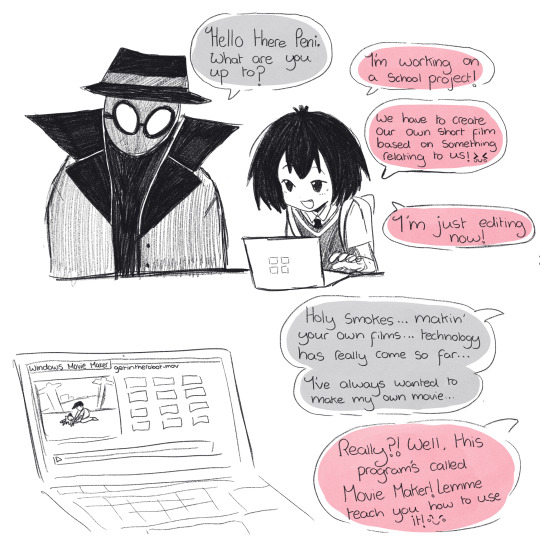


hi guys i’m back SILLY NOIR AND PENI COMIC WOOHOO he’d love movie maker so much
sorry for being gone for like 4 days my life is busy atm!!!!!! i hope you guys are all still here…
887 notes
·
View notes
Text








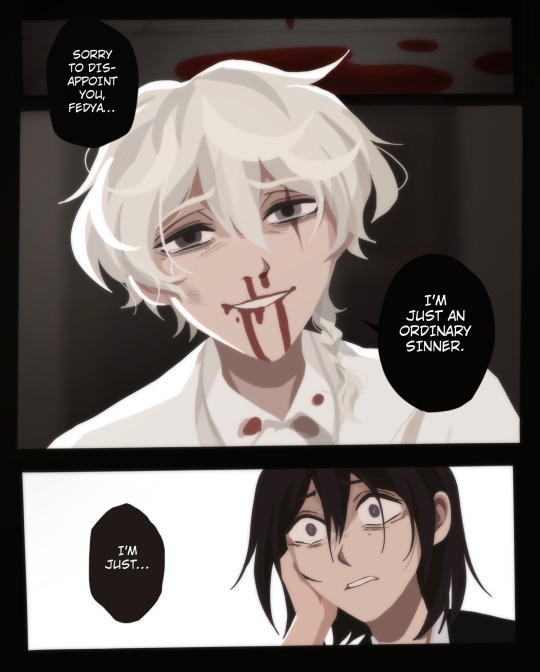
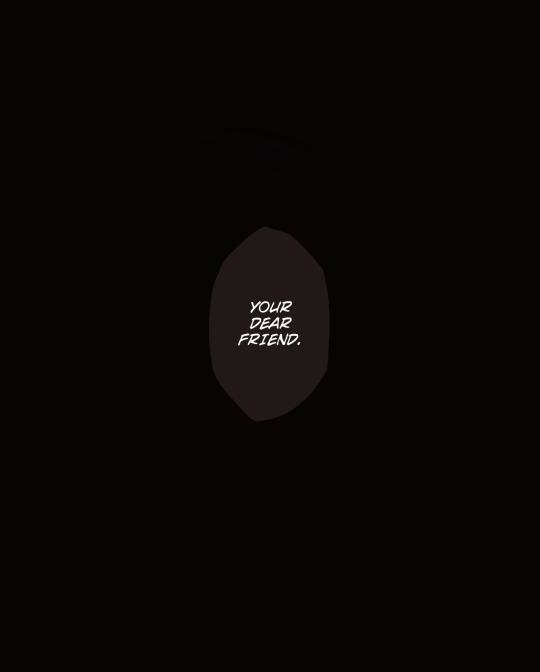
The Path To Freedom [PART 11]
Read from left to right
2K notes
·
View notes
Photo

is this even funny i dont think its funny im not putting it in the tags
104K notes
·
View notes
Text
The AI issue is what happens when you raise generation after generation of people to not respect the arts. This is what happens when a person who wants to major in theatre, or English lit, or any other creative major gets the response, "And what are you going to do with that?" or "Good luck getting a job!"
You get tech bros who think it's easy. They don't know the blood, sweat, and tears that go into a creative endeavor because they were taught to completely disregard that kind of labor. They think they can just code it away.
That's (one of the reasons) why we're in this mess.
18K notes
·
View notes
Text
Oddly specific kinds of fanart I am ALWAYS a slut for
1. Stained glass window/church murals of characters
2. In-universe magazine covers
3. Redraws of scenes from canon in the style of a real Netflix show or video game
4. Drawing characters with way cooler outfits than they have in canon for the sake of cool outfits
5. Character design breaking down each layer and piece of a character's outfit
6. Mimicking historical art styles (e.g. vintage posters, Victorian portraits)
7. Sprawling landscape paintings of the setting that you can barely even tell is fanart because its just a beautiful landscape
38K notes
·
View notes
Text

Wanted to try my hand at animating him since his movements are so expressive in the movie
4K notes
·
View notes
Text
y’all cannot seriously be mad that the people with the most leverage are withholding their labor in solidarity with the people with the least leverage thereby giving them actual bargaining power like do you guys understand what a union is or nah
9K notes
·
View notes
Text
fun fact! did you know that you can gain extra ‘forbidden time’ by staying up late in the night? but Watch Out
217K notes
·
View notes
Text
Corset discourse really likes to talk in sensationalizing absolutes but historically speaking a corset is just a kind of garment. They could be uncomfortable and painful or they could be well fitted and supportive. They could be hyper-fashionable or they could be brutally practical. You could tightlace them or you could wear them with no reduction whatsoever. Most corsets were probably somewhere in the middle. Like bras. Or shoes. To say they were never perceived as restrictive or used as tools of enforcing dangerous/misogynistic beauty standards is like saying women's shoes never restrict freedom of movement. Patently untrue, but that doesn't mean those shoes have some deeper moral good or evil and it certainly doesn't mean we can use that fact to draw sweeping generalizations about the relationships of entire centuries of women to their own bodies. Corsets, like all clothing, exist in context.
12K notes
·
View notes



